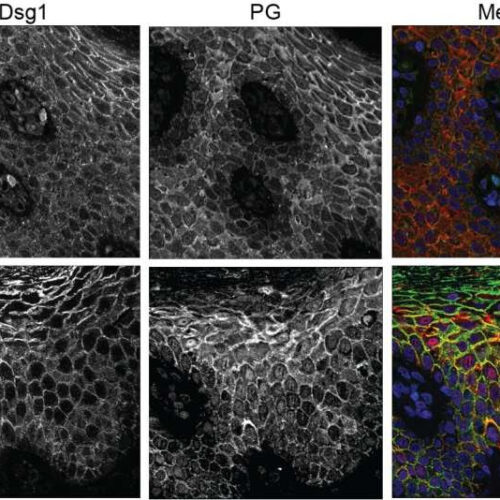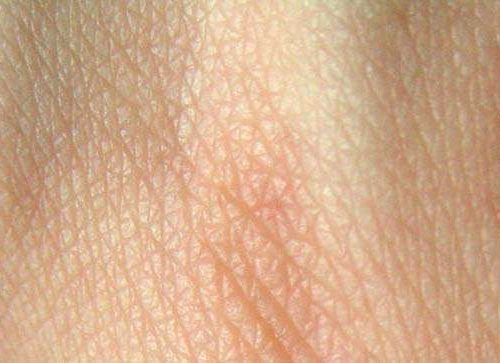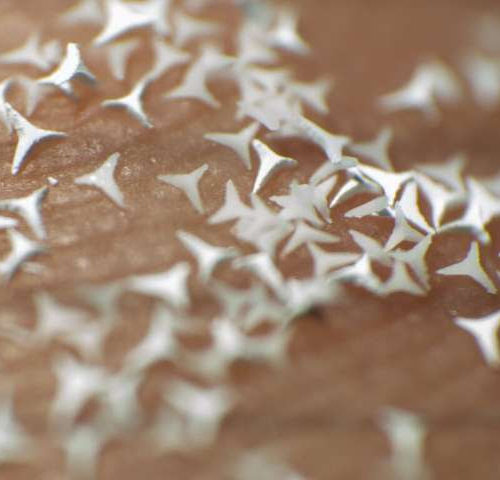by Melissa Rohman, Northwestern University Immunostaining of protein constituents of the cell-cell adhesive junction in the desmosome in skin biopsies taken from a patient with SAM syndrome harboring a genetic mutation in Dsg1. The levels of Dsg1 and its associated partner protein plakoglobin (PG) are restored at cell borders following ustekinumab treatment. Credit: Northwestern University...
Tag: <span>skin diseases</span>
Disrupted circadian rhythms linked to later Parkinson’s diagnoses
Researchers probe brain’s 24-hour biological clock for neurodegenerative risks UNIVERSITY OF CALIFORNIA – SAN FRANCISCO Older men who have a weak or irregular circadian rhythm guiding their daily cycles of rest and activity are more likely to later develop Parkinson’s disease, according to a new study by scientists at the UC San Francisco Weill Institute...
New artificial intelligence system can empower medical professionals in diagnosing skin diseases
Researchers in Korea have developed a deep learning-based artificial intelligence (AI) algorithm that can accurately classify cutaneous skin disorders, predict malignancy, suggest primary treatment options, and serve as an ancillary tool to enhance the diagnostic accuracy of clinicians. With the assistance of this system, the diagnostic accuracy of dermatologists as well as the general public...
Microscopic STAR particles offer new potential treatment for skin diseases
by Georgia Institute of Technology Skin diseases affect half of the world’s population, but many treatments are not effective, require frequent injections, or cause significant side effects. But what if there was a treatment that eliminated injections, reduced side effects, and increased drug effectiveness? A skin therapy with these properties may be on the horizon...



